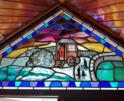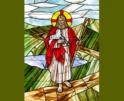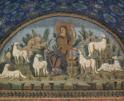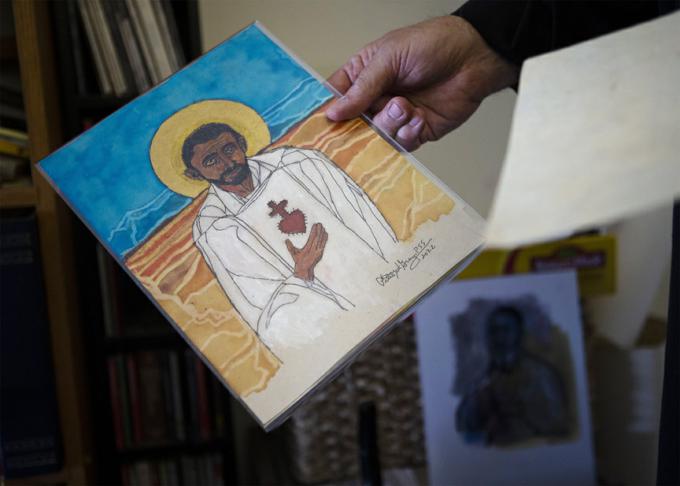
Faith
While he was still a seminarian, his parents allowed him to open their small home to receive young boys and girls for catechetical lessons, training in prayer, vocational discernment, and apostolic works.
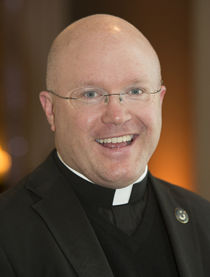
Landry
On Sunday, May 15, Pope Francis will canonize 10 new saints. The headliners across the Catholic world will likely be Father Titus Brandsma (d. 1942), the Dutch Carmelite martyred by the Nazis in Dachau, and Father Charles de Foucauld (d. 1916), the desert Trappist, pioneer in interreligious dialogue and inspiration for the Little Brothers and Little Sisters of Jesus, who was murdered by Algerian marauders.
They will be joined by Indian layman Devasahayam Pillai, a convert from Hinduism and martyr (d. 1752), by French "beati" Father César de Bus (d. 1607) and Mother Marie Rivier (d. 1838), and by Italians Father Luigi Palazzolo (d. 1886), Mother Anna Maria Rubatto (d. 1904), Mother Carolina Santocanale (d. 1923), Mother Maria Domenica Montovani (d. 1934), and Father Giustino "Justin" Maria Russolillo (d. 1955).
I would like to focus on Blessed Justin, not only because he is the founder of the Society of Divine Vocations, to which belongs my bishop, Most Rev. Edgar da Cunha of the Diocese of Fall River, but because, in this age of urgent and incessant prayers for priestly and religious vocations, St. Justin is one of the great "vocation directors" of all time.
The future saint was the third of 10 children born in 1891 to Luigi Russolillo and Giuseppina Russolillo, a poor, hardworking couple in Pianura, Italy, a suburb of Naples. He had a hunger for holiness from an early age, receiving his first Holy Communion precociously at the age of five and devouring the lives of the saints, each of whom he thought revealed to us a particular aspect of the life of Jesus.
After his Confirmation at age 10, he desired to enter minor seminary, but his family did not have the resources to pay for his tuition, books, and seminary clothing. They appealed to a wealthy local landowner with a reputation for generosity to the poor, but the rich baron replied, "If you have no money to pay the seminary, let him become a shoemaker." Shocked, the faithful mother said to her startled son, "Do not be afraid, your mother will make sure you go to the seminary, even at the cost of pawning her own eyes."
Eventually with some financial sacrifices of an aunt, he was able to begin his studies, but God used the rejection to fill him with zeal to help those in similar lowly circumstances follow God's call to be priests or religious. He grasped that the Lord of the Harvest never ceases to call young men and women to the priesthood and religious life, but there is ever a need for people to cultivate, educate, and foster those vocations. And he became a faithful foreman of the Lord of the Harvest.
While he was still a seminarian, his parents allowed him to open their small home to receive young boys and girls for catechetical lessons, training in prayer, vocational discernment, and apostolic works. When he was ordained a priest, as the Litany of Saints was being chanted, he vowed to "spend my life stirring and cultivating vocations to the priesthood and religious life" and to associate with those who share the same ideal. On the seventh anniversary of his priestly ordination, he was appointed pastor in his hometown, and a month later, he opened up the rectory for what he called a "Vocationary," a house where, in a spirit of prayer and study, he educated and guided initially 13 candidates who desired to dedicate themselves to diocesan priesthood or religious congregations but who were financially unable yet to attend the seminary, who did not know yet where God was specifically calling them. Later he opened up Vocationaries for those who had left the seminary, religious life or the priesthood and needed to be rehabilitated, helping to save over 300 vocations.
In the Vocationaries, as well as in the religious institutes he founded, he focused on training in holiness through prayer and asceticism. He wanted to form his spiritual sons and daughters to live in full-time communion with God the Father, Son, and Holy Spirit following the example and with the intercession of the Holy Family. He wanted to help them lovingly to obey the commandments, the evangelical counsels and approved divine inspirations, like the rule of a religious communities, with humility, generosity, and faithfulness.
He repeatedly said to spiritual sons and daughters, "I want you to become a great saint!" and he sought to show them how. Originally, because of his love for the saints and desire to promote what the Second Vatican Council would later call the "universal call to holiness," he desired to name the religious institutes he sensed God calling him to establish the "Congregation of the Servants of the Saints" and the "Sister Servants of the Saints," before focusing more on God himself and on the "divine vocation" he gives us to grow in his holy image and likeness.
The Society of Divine Vocations received its initial diocesan approval in 1927 and became a congregation of pontifical right 20 years later. It now exists in 16 different countries, being brought to the United States in 1962 by Saint-to-be Justin's younger brother Ciro, who likewise became a Vocationist priest and after helping to renovate many of his community's residences in Italy and serving four years as a missionary in Brazil, came to Newark, New Jersey in 1955, just months before the death of his brother, to implant the SDVs in the USA.
The miracle for Father Justin's 2011 beatification took place in 1998 in East Hanover, New Jersey, when Ida Meloro was cured through his intercession of vaginal cancer. The miracle for his canonization occurred in 2016 for a Vocationist seminarian from Madagascar, Jean Emile Rasolfo, who was cured of acute respiratory failure, epilepsy, and various other serious maladies, after he was visited with a relic of Father Justin as he lay in a coma.
Sunday May 15, the day of the canonization, would be a good day to pray through St. Justin's intercession for miracles. We can make our own the prayer that the Church recites on his August 2 feast day: "O God, you called (St.) Justin Mary to raise generous ministers for your work of universal sanctification, grant us, we pray, through his intercession, to discover and faithfully follow our vocation" and then mention the specific intention.
- Father Landry is a priest of the Diocese of Fall River who is national chaplain to Aid to the Church in Need USA, a Papal Missionary of Mercy and a Missionary of the Eucharist for the US Bishops.
Recent articles in the Faith & Family section
-
Popular devotions and the liturgyFather Robert M. O’Grady
-
The Fight for Our FaithMaureen Crowley Heil
-
The shepherd's voiceScott Hahn
-
Scripture Reflection for April 21, 2024, Fourth Sunday of EasterJem Sullivan
-
The new Temple: How Easter changes religionDr. R. Jared Staudt


